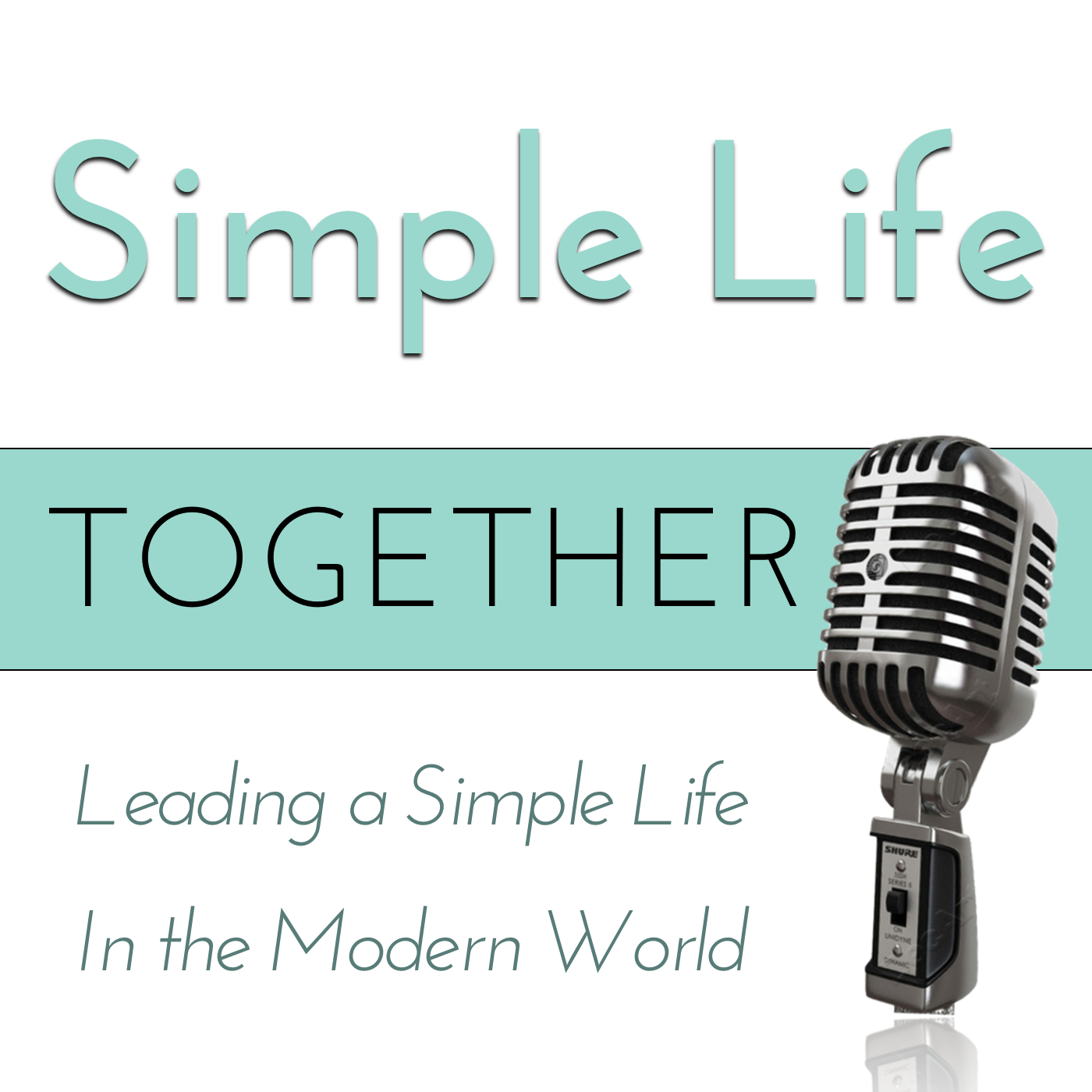
SLT042: The Upside of Downsizing
Podcast: Simple Life Together
Autor:Dan Hayes & Vanessa Hayes, Daniel Hayes
Escuchar Episodio
Descripción del Episodio
Downsizing is a word we hear a lot about these days, and I’m surprised at how often it’s talked about in the negative sense versus the positive. If you’re not familiar with the term, typically, we he…

Episodios Relacionados
-
SLT079: Part 2 of Still Simplifying After All These Years enero 21, 2019
-
SLT078: Still Simplifying After All These Years Part 1 enero 21, 2019
-
SLT077: Simple Answers to Listener Questions diciembre 22, 2015
-
SLT076: Simplifying to Sell Your Home julio 25, 2015
-
SLT075: 4 Critical Areas You Need to Consider When Downsizing marzo 21, 2015